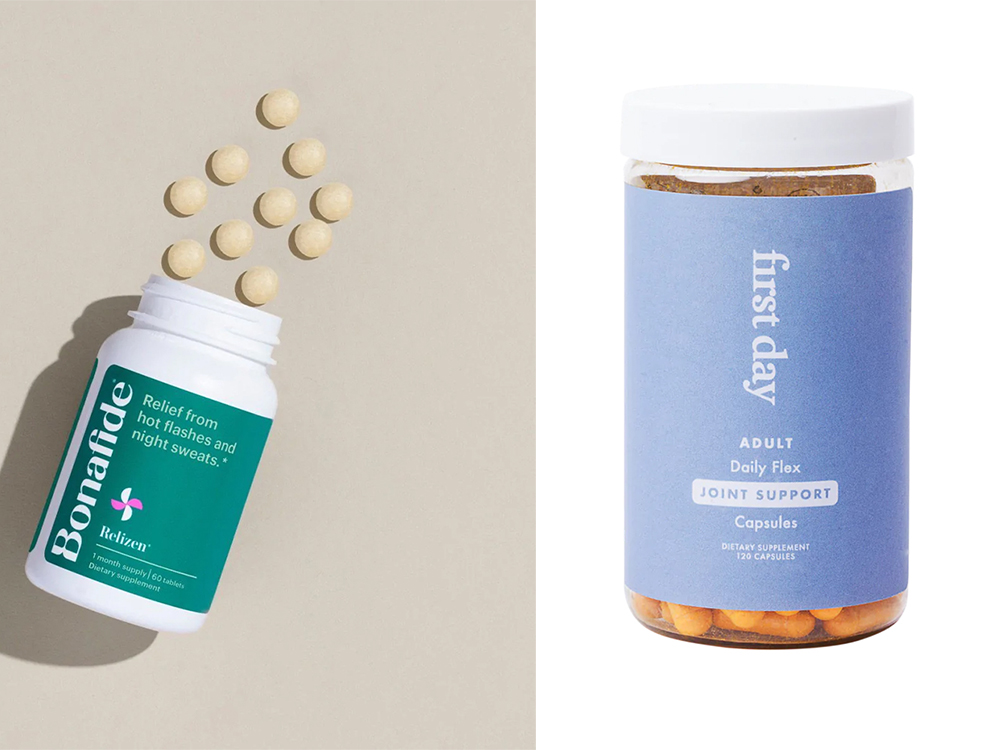While there’s no denying “green” is big, it’s seen an uptick in one very specific area of late: the smile industry. “No doubt eco-friendly has become an important ‘buzz phrase’ in most dental offices, not only because it is the right thing to do, but also because of patient awareness and inquiries,” says Atlanta cosmetic dentist Ronald Goldstein, DDS. Still not sure what that means for your smile? Let these five trends fill you in.
You May Also Like: Do At-Home Teeth Whitening Products Really Work?
The paper factor: This past summer, the American Dental Association endorsed new deadlines for dental offices to have devices that capture dental amalgam waste so that it can be recycled. “More and more dental offices are thinking and acting ‘green’ by reducing the amount of plastic used in multiple areas such as substituting digital scanning instead of plastic impression trays, and substituting cloth and paper for plastic in both sterilization and other patient protection disciplines,” Dr. Goldstein says.
Digital do-good: In addition to the above, according to Dr. Goldstein, digital is quickly replacing paper and plastic, so much so that many offices have converted to all-digital—especially in X-rays, charting and photo records. And while it doesn’t necessarily affect the health of a patient, it is something that helps the greater good. “Biodegradable cleaners and disinfectants are now ‘in’ and dentists have become conscious of how they can make a difference in their offices every day to make their contribution towards cleaner living for our planet,” he adds. “We also now have 3D imaging, which is the most accurate way to get impressions, and we can use it for crowns, veneers and Invisalign,” says Boulder, CO, cosmetic dentist Lori Kemmet, DDS. “No more ‘goop’ is needed to get a mold of your teeth.”
Lasers get more love: Sure, lasers sound like a high-tech solution for just about anything, but there’s also a real impact on what they help in terms of the environment. “I recently removed decay in three teeth for a patient that years ago would have meant reducing 40 percent of their enamel and dentin,” Dr. Goldstein says. “By use of a laser and air-abrasion, less than 10 percent of the patient’s tooth structure was removed, and all without any local anesthetic. To me, this is the future of patient care, which means fewer materials used because the restorative surface is so much smaller. And because many of the dental materials used today are resin-based, less material used means less resin. Also, keeping restorations smaller means less water used.”
Metal is minimized: According to New York cosmetic dentist Zachary E. Linhart, DDS, recently, people have become concerned about bisphenol-A (BPA) in dental composites, in addition to the age-old worry about mercury in amalgam (metal) fillings. “No scientific, long-term studies have shown negative effects of BPA or mercury on humans in relation to dental fillings. BPA is a newer concern, and studies are still being done to see if, in these small doses, it can have a hormonal effect on humans.”
Natural OTC options gain popularity: In terms of at-home smile care, Dr. Linhart says it’s all about the ingredients of charcoal and coconut oil, with turmeric gaining some traction, too. “One hot topic going around is the miraculous whitening ability of charcoal—the benefits of oil-pulling are getting a lot of play as well. In my professional opinion, which is based on scientific evidence from peer-reviewed studies mixed with empirical evidence gathered from patients, there is no merit to either charcoal, oil-pulling or any of the other current ‘trends’ in dentistry. While I am in no way saying these eco-friendly techniques DO NOT work, I am saying I have no proof that they do.”

















